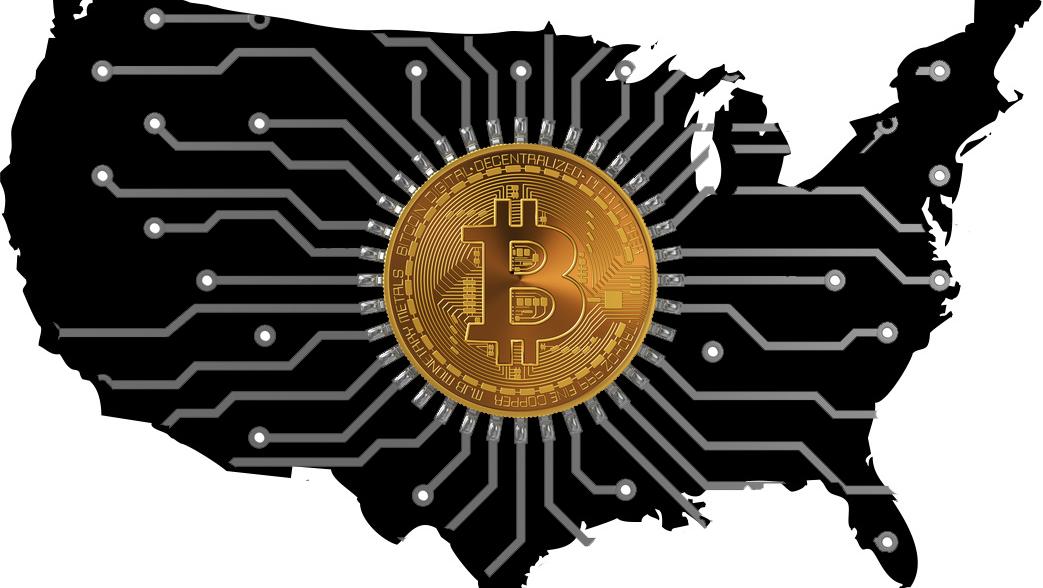PALO ALTO, Calif. (Reuters) - The Federal Reserve is looking at a broad series of problems around digital payments and currencies, consisting of policy, design and legal considerations around potentially releasing its own digital currency, Guv Lael Brainard stated on Wednesday. Brainard's remarks recommend more openness to the possibility of a Fed-issued digital coin than in the past." By transforming payments, digitalization has the prospective to deliver higher value and benefit at lower cost," Brainard said at a conference on payments at the Stanford Graduate School of Service.
Reserve banks globally are disputing how to manage digital finance technology and the distributed ledger systems used by bitcoin, which guarantees near-instantaneous payment at possibly low cost. The Fed is developing its own day-and-night real-time payments and settlement service and is currently reviewing 200 remark letters sent late in 2015 about the suggested service's style and scope, Brainard stated.
Less than two years ago Brainard told a conference in San Francisco that there is "no engaging demonstrated requirement" for such a coin. But that was before the scope of Facebook's digital currency aspirations were commonly known. Fed officials, consisting of Brainard, have actually raised issues about customer securities and information and personal privacy threats that could be posed by a currency that could come into use by the third of the world's population that have Facebook accounts.
" We are collaborating with other central banks as we advance our understanding of central bank digital currencies," she stated. With more nations checking out providing their own digital currencies, Brainard stated, that adds to "a set of factors to likewise be making sure that we are that frontier of both research and policy development." In the United States, Brainard said, problems that require study consist of whether a digital currency would make the payments system more secure or simpler, and whether it could posture monetary stability threats, including the possibility of bank runs if money can be turned "with a single swipe" into Browse around this site the central bank's digital currency.

To counter the monetary damage from America's unprecedented national lockdown, the Federal Reserve has taken extraordinary actions, consisting of flooding the economy with dollars and investing directly in the economy. Many of these moves got grudging acceptance even from lots of Fed doubters, as they saw this stimulus as needed and something only the Fed could do.
My brand-new CEI report, "Government-Run Payment Systems Are Risky at Any Speed: The Case Against Fedcoin and FedNow," details the dangers of the Fed's present plans for its FedNow real-time payment system, and proposals for central bank-issued cryptocurrency that have been called Fedcoin or the "digital dollar." In my report, I talk about concerns about personal privacy, data security, currency adjustment, and crowding out private-sector competitors and innovation.
Supporters of FedNow and Fedcoin say the federal government must Go Click here for more info to this website create a system for payments to deposit quickly, rather than encourage such systems in the private sector by lifting regulatory barriers. However as kept in mind in the paper, the personal sector is providing an apparently endless supply of payment innovations and digital currencies to fix the problemto the level it is a problemof the time space between when a payment is sent out and when it is received in a savings account.
And the examples of private-sector development in this area are many. The Clearing House, a bank-held cooperative that has actually been routing interbank payments in various forms for more than 150 years, has been clearing real-time payments given that 2017. By the end of 2018 it was covering half of the deposit base in the U.S.